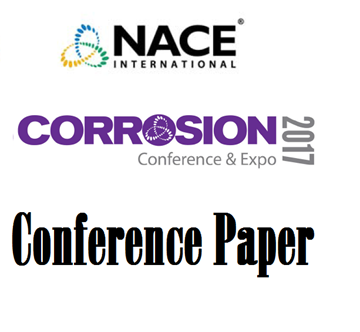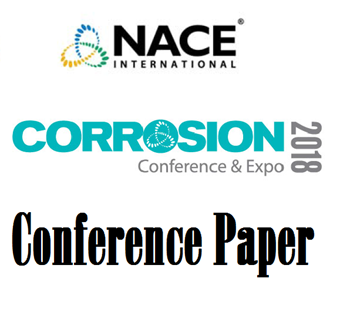Search
51318-10964-Sour TLC
Also Purchased
Test Equipment for Sour TLC Testing
Product Number:
51317--9337-SG
ISBN:
9337 2017 CP
Publication Date:
2017
$20.00
51318-10967-Effect of Temperature and Pressure on the Performance of Corrosion Resistant Alloy (CRA) Coatings in
Product Number:
51318-10967-SG
Publication Date:
2018
$20.00
51318-10970-Performance of API 5L X65 in a 'sweet' followed by 'sour' environment
Product Number:
51318-10970-SG
Publication Date:
2018
$20.00
Recently viewed




